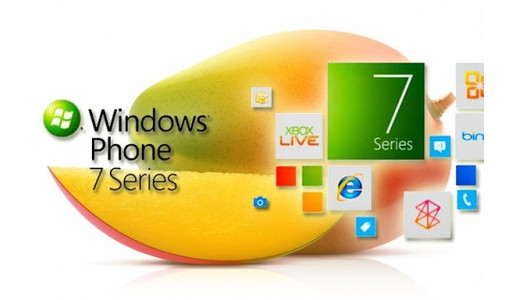Windows Phone’s 7.1 Mango update has dominated headlines this week. And rightly so. The updates make the already excellent mobile OS even more appealing, with brilliant advances in terms of Bing search, improved live information delivered to the homescreen and full-on Twitter support.
And that’s before we even get to the belated announcement of Windows Phone Marketplace’s arrival online, offering punters the chance to buy and sync apps on the web as well as on their phones.
But while on paper, and in the flesh, these updates are undoubtedly impressive, Microsoft still has some big work to do to get itself to the top. New partners, in the form of Acer, ZTE and Fujitsu will help globally, if not in he vital US and European markets. But there has to be a question about why this update isn’t being released until autumn.
There is some logic behind the move. Microsoft wants to ensure devs have the chance to bring the new features to existing and future apps, hence they’ve released the SDK now. And trailing operating systems is nothing new: Google did it with Ice Cream Sandwich at I/O earlier this month and Apple will do the same with iOS 5 in the next fortnight.
However, the fear is that Microsoft will take three months to get it ready for devices, only for manufacturers and networks to take their own sweet time testing it and getting it out into the wild. This has already happened with the Big M’s previous Windows Phone update, causing much embarrassment and awkward headlines for the Redmond batteries company.

On top of this, Microsoft will be releasing its Windows Phone update around the same time that Apple updates current iPhones with iOS 5 and rolls out the sequel to its best-selling blower. Just a few weeks later, Ice Cream Sandwich will land on Nexus phones, with new Android hardware doubtless not far behind.
This is tough on Microsoft. Rush the release and risk getting it wrong. Hold it back and they’ll have to go mano-o-mano with the biggest players in the smartphone space. Of course, its Nokia Windows Phones will cause some buzz and generate sales. But will they be anywhere approaching the volume it needs to start pushing up analysts’ smartphone charts?
It’s highly unlikely, especially as Google and Apple look to redouble their efforts in the run up to Christmas. Mango looks the part, just as the first version of Windows Phone 7 did. But there has to be the fear that this will remain, for the time being at least, a niche concern for discerning mobile users.
Tag: Mango, smart mobile phones, Microsoft, cell phone batteries, laptop power adapter, HP pavilion zv5000 battery, HP probook 4310s battery, Acer aspire 4520 battery, Acer as07b41 battery
Read more:
Top 10 Must Have iPad 2 Apps For New And Existing Users
Top 10 Batteries Usage Tips, Hacks and Tricks
Top 10 cheap Android cell phones
20 iPhone Productivity Apps for Organized and Lazy




16 thoughts on “Can Mango really power Windows Phone to the top?”
Comments are closed.